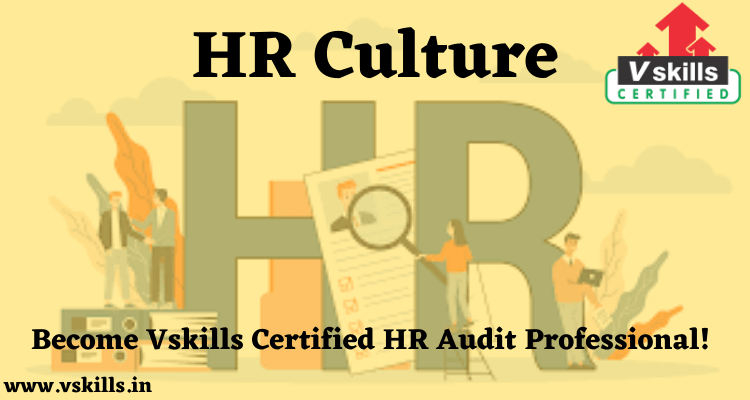
Organisational values describe the core ethics or principles which the company will abide by, no matter what. They inspire employees’ best efforts and also constrain their actions. Strong, clearly-articulated values should be a true reflection of organisation’s aspirations for appropriate workplace behaviour, and play an important role in building a positive culture at organisation.
Every organisation preferences some values over others. A university might value intellectual rigour, independence and the pursuit of knowledge. By comparison, a listed telecommunications company would prefer customer service, network reliability, and profit. For this reason, there is no such thing as a one-size-fits-all Code of Ethics.
Having clarity in values will also help organisation attract the right people (employees, customers, collaborators) and increase their loyalty, focus, trust and cooperation.
If company developed its values 10+ years ago, it might be time for a refresh. As a clue, the old favourites tend to be integrity, teamwork, customer satisfaction and innovation! Also, if they feel like cookie-cutter values statements borrowed from other companies’ websites or picked out of an MBA handbook, then we’d suggest you start from scratch. Values that do not resonate with staff or reflect company’s culture and aspirations can actually demotivate employees, alienate customers and undermine the credibility of leaders and managers.
Take a minute to consider:
- Are organisation’s values credible, deeply ingrained principles which guide all of the organisation’s actions?
- Are they fundamental to the company’s culture?
- Do they have an element of aspiration – what we need to be in order to succeed, and what we would like our character to be more like in future?
- Are they specific to organisation, so that they would ring true to every employee, customer and stakeholder?
An organization culture is developed such that maintains a harmonious relationship between supervisors and subordinates, strong workforce and solid coordination among subunits and this thus contributes towards professional wellbeing, encouragement and pride of employees.
The HRD procedure accompanies mechanisms or sub-systems such as performance appraisal, organizational development (OD), training, feedback, employee counselling, potential development, compensation, incentives, rewards and job rotation. This includes helping employees to acquire new areas of competencies on frequent basis through adoption of such methods as performance planning, training, feedback, periodic performance review, development needs assessment, job rotation, defining of responsibilities, creating development avenues through on-the-job training and other mechanisms.
Talking about corporate culture change, the strategic human resource management is the pillar strength for corporate culture change. Where an organization needs to be as cost effective as it could by cutting down on business expenditure and manufacturing products at lowest possible cost, and yet offering the consumers the best products at affordable rates, it also need to compete with other companies in different parts of the world in order to survive in this highly intensive competitive environment. The change of consumer mindset influences the corporate culture change. The purchasing power of the consumer can never be ignored, whether the consumer lives in India, China or any other developing country. This is why the organization tends to change its business plan and become multinational. Such development poses a challenge to strategic human resource management.
An ineffective culture can bring down the organization and its leadership. Disengaged employees, high turnover, poor customer relations and lower profits are examples of how the wrong culture can negatively impact the bottom line.
At the deepest level, an organization’s culture is based on values derived from basic assumptions about the following:
- Human nature. Are people inherently good or bad, mutable or immutable, proactive or reactive? These basic assumptions lead to beliefs about how employees, customers and suppliers should interact and how they should be managed.
- The organization’s relationship to its environment. How does the organization define its business and its constituencies?
- Appropriate emotions. Which emotions should people be encouraged to express, and which ones should be suppressed?
- What metrics show whether the organization and its individual components are doing well? An organization will be effective only when the culture is supported by an appropriate business strategy and a structure that is appropriate for both the business and the desired culture.
HR leaders are responsible for ensuring that culture management is a core focus of their organization’s competitive efforts. For HR leaders to influence culture, they need to work with senior management to identify what the organizational culture should look like. Strategic thinking and planning must extend beyond merely meeting business goals and focus more intently on an organization’s most valuable asset—its people.
HR has been described as the “caretaker” of organizational culture. In carrying out this essential role, all members of the HR team should help build and manage a strong culture by:
- Being a role model for the organization’s beliefs.
- Reinforcing organizational values.
- Ensuring that organizational ethics are defined, understood and practiced.
- Enabling two-way communications and feedback channels.
- Defining roles, responsibilities and accountabilities.
- Providing continuous learning and training.
- Sustaining reward and recognition systems.
- Encouraging empowerment and teams.
- Promoting a customer-supplier work environment.
- Recognizing and solving individual and organizational problems and issues.
Become a Certified HR Audit Professional


